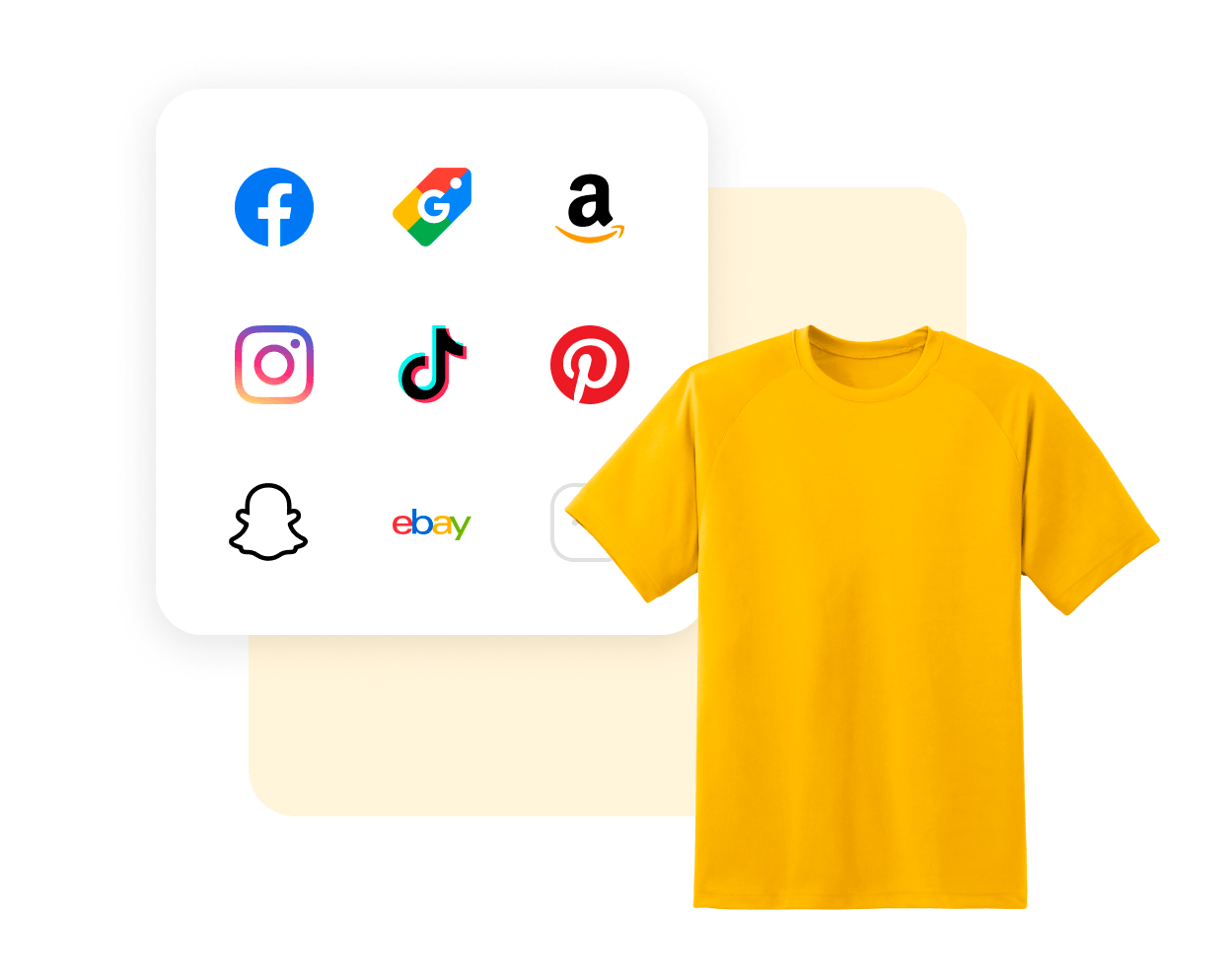If you’d like to know how to open an online
1. Choose a Niche
The first you need to do is identify a niche for your online
If your net is too broad, you’ll get lost in the shuffle. You want to get specific when targeting a niche. For example, don’t just put funny slogans on a
There are numerous ways to find a niche. You can browse Reddit and other online forums to find out how many people interact with topics related to your target niche. You can also use facebook’s Audience Insights to get an idea of the size of your demographic on that particular social media page. Also, why not trust your gut? If you think you’ve got a fantastic idea, sit on it for a while and then run with it!
Once you’ve found your niche, create a comprehensive business plan that highlights your goals, ethos, hurdles, and projection; then, get busy bringing that plan to life.
2. Look for Quality Materials and T-shirt Printers
Okay, so you’ve got your niche in the bag. Amazing! Now you need to figure out who’ll be supplying your materials. Not all
You may want to sacrifice quality for profit, but your customers are not stupid, and you want them to purchase from you again. So basically, you should ensure whichever shirt you choose does not fall apart after a few washes.
We recommend creating a checklist of all the factors your
Once you have made your selection (or selections), order a few samples so you can guarantee their quality
You’ll also have to decide whether you want to order shirts in bulk and store them in a warehouse or, most likely, your garage or spare room. This will cost you money, especially if you need to hire a space to keep your designs. A more convenient alternative is to work with another company and operate a
3. Make Your T-shirt Designs
Now that you have sourced your materials and know everything about your preferred sizing, fit, weight, and other things, you’ll need to develop the designs themselves.
If you are an artist or graphic designer, this should be your bread and butter. You should already have a bevy of excellent designs ready to go, all of which are going to jump right off the rack and right into your customers’ shopping cart.
However, if you need some inspiration, there are several things you can do.
Firstly, you should head over to some of the top graphic tee marketplaces. We recommend the likes of Redbubble and Zazzle. Then, search through the best sellers or most popular sections to get an idea about what your demographic likes to buy.
You will then have to hire a designer if you cannot do the designs yourself. If you’re the ideas person in the business but don’t have the necessary skills or time to create your designs yourself, you’ll be able to find artists in a few places online, including Dribble, Behance, Freelancer, and Upwork. You will be able to use these services to find a designer who fits your style, brand, and price range.
4. Mockup Your T-shirts
When you’ve created some amazing designs or employed somebody else to make those designs for you, you’ll need to get a few
There are many ways you can get images like this, including ordering a sample and modeling the shirt yourself (or you could, you know, hire a model to make the shirt look fabulous for you), or you could use an online mockup template to create a digital mockup without anybody getting camera shy.
Adobe Photoshop templates are the most popular type of mockups. They let you preview your designs quickly and come with various layers to change the color and style. They also blend your design with the shirt’s folds, contours, and creases.
There are many mockup generators online if you can’t figure out how to work Photoshop. Alternatively, you can hire someone from Fiverr who’ll create the mockup for you.
5. Validate Your Online T-shirt Business
Before you invest funds into your business idea and venture down an entrepreneurial rabbit hole, you need to ensure that there is a market and interest in your
One of the most informal ways is to post your designs on your social media profile or any niche social media groups where potential customers like to interact. Remember, you want the opinion of your target demographic as opposed to your friends and family, who’ll more likely give you biased praise.
You can also use Reddit to get honest criticism and feedback on your
6. Set Up Your Online Store
Now that you’ve laid all that groundwork, you’re ready to set up your online store. This is the single most important part of an online
This is where Ecwid can help.
Ecwid is an ecommerce platform that makes selling online easier. Build your own store from scratch to instantly sync and sell across your own website, social media, marketplaces, and more. Grow your business with automated marketing tools. And manage it all from your Ecwid control panel.
Once your store is set up, you’ll be ready to start selling








